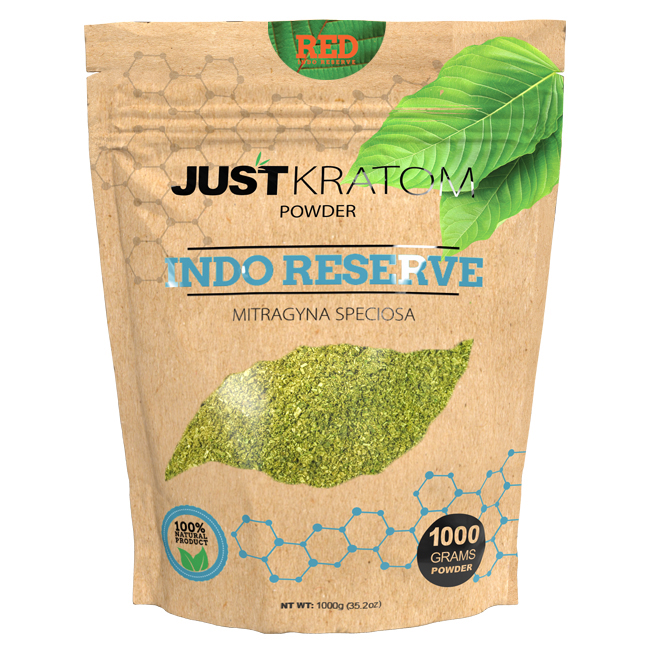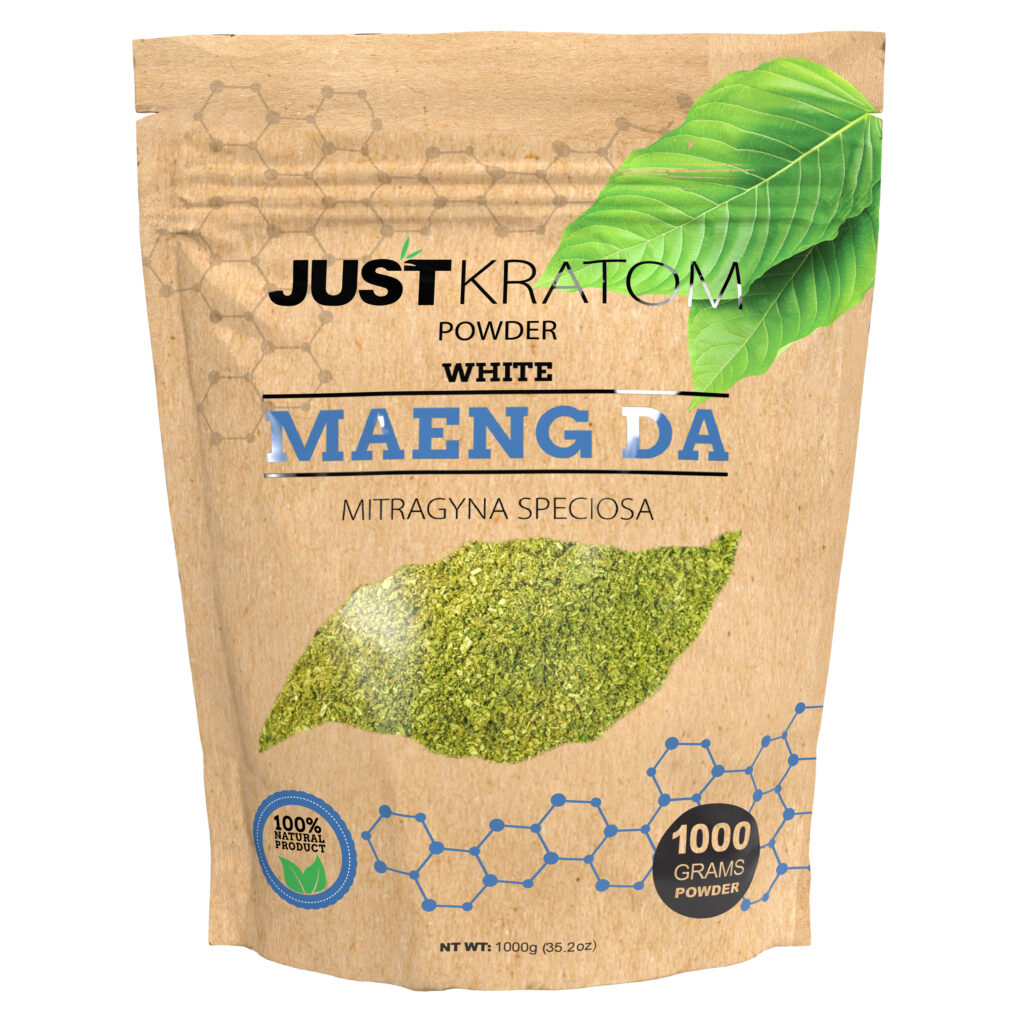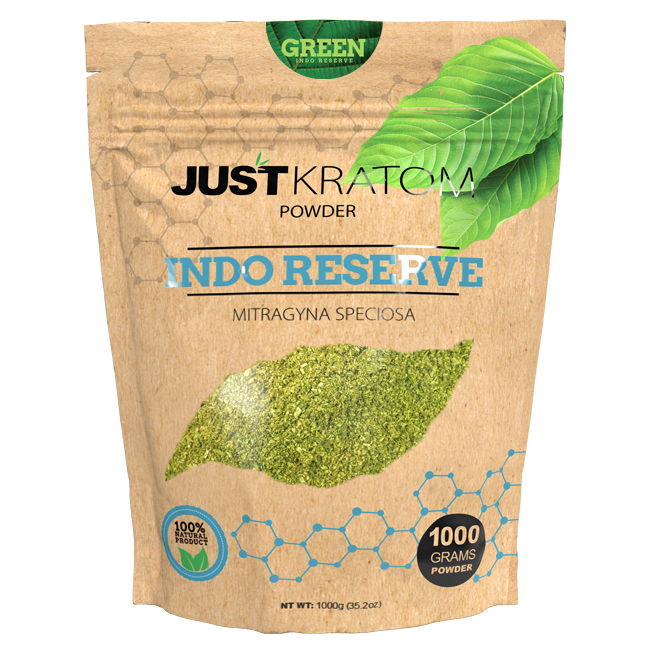Appearance and Quality
In the world of kratom, appearances and quality are crucial factors in ensuring a safe and effective experience. Identifying fake or contaminated kratom powder can be challenging, as counterfeit products often mimic the genuine article through visual deception. Understanding the characteristics of authentic kratom and knowing what to look out for will help you make informed choices and protect your health.
Color and Texture
Authentic kratom powder typically exhibits a deep green to brown hue, varying depending on the strain. It possesses a fine, slightly grainy texture that feels smooth but not powdery when handled. The aroma should be earthy and herbal, reminiscent of dried leaves. Beware of powders with unnatural bright greens or yellows, as these can indicate additives or artificial coloring. A coarse or excessively fine texture might suggest adulteration or poor quality.
Smell and Taste
The smell of genuine kratom powder is distinctly earthy and herbaceous, evoking the scent of dried leaves. Be wary of pungent, chemical-like odors, as these could signify the presence of harmful substances. Taste plays a role too; authentic kratom has a slightly bitter, earthy flavor. If you encounter sweetness or an unusual taste, it may signal contamination or adulteration.
Packaging and Labeling
Packaging and labeling are equally important indicators of authenticity. Genuine kratom products are typically packaged in opaque bags or containers to protect the powder from light degradation. The labels should be clear, concise, and include essential information such as the strain, origin, net weight, and batch number. Look for reputable brands that adhere to good manufacturing practices and provide detailed product descriptions.
Be cautious of products with flimsy packaging or labels that appear faded or poorly printed. Unclear or missing information raises red flags about the product’s legitimacy. Always verify the seller’s credentials and ensure they source their kratom from reliable suppliers.
Chemical Tests

Chemical tests offer a powerful tool for discerning the authenticity and safety of kratom powder. By analyzing specific compounds present in the sample, these tests can identify the presence of adulterants, contaminants, or artificial substances. Utilizing chemical testing allows for precise determination of alkaloid concentrations, providing valuable insights into the potency and quality of the kratom product.
Home Testing Kits
Chemical tests are a crucial tool for discerning the authenticity and safety of kratom powder. They involve analyzing specific compounds present in the sample to identify potential adulterants, contaminants, or artificial substances. These tests can provide precise determination of alkaloid concentrations, offering valuable insights into the potency and quality of the kratom product.
Home testing kits have become increasingly available, providing individuals with a convenient way to assess the quality of their kratom purchases. However, it’s important to note that the accuracy and reliability of these home kits can vary greatly. It’s recommended to choose kits from reputable manufacturers and follow the instructions carefully.
Laboratory Analysis
Chemical tests play a crucial role in verifying the authenticity and safety of kratom powder.
- They analyze specific compounds within the sample to identify potential adulterants, contaminants, or artificial substances.
- These tests can accurately determine alkaloid concentrations, providing valuable insights into the potency and quality of the kratom product.
While home testing kits have become more accessible, it’s important to remember that their accuracy can vary. Choose reputable manufacturers and follow instructions diligently for reliable results.
Signs of Contamination

Identifying fake or contaminated kratom powder is crucial for ensuring a safe and positive experience. Counterfeit products often mimic the genuine article, making it essential to be vigilant and informed.
Mold or Mildew
Signs of contamination, mold, or mildew can indicate compromised quality and potential health risks.
Inspect the kratom powder for any discolored spots, patches, or an overall grayish or brownish tinge. These can suggest the presence of mold growth.
A musty or unpleasant odor is another red flag. Authentic kratom has a distinctly earthy aroma. If you detect a strong, chemical, or mildew-like scent, it’s a sign to discard the product.
Check for any signs of moisture or clumping. Moisture can encourage mold growth and compromise the quality of the powder. Look for dry, free-flowing kratom with an even consistency.
Discoloration or Unusual Deposits
Signs of contamination, discoloration, or unusual deposits can indicate a compromised product and potential health risks. Inspect the kratom powder carefully for any visual abnormalities.
Discoloration beyond the normal range of green to brown hues should raise suspicion. Look out for unnatural bright greens or yellows, which may indicate additives or artificial coloring. Grayish or brownish patches can suggest mold growth.
Unusual deposits or clumps in the powder might signal contamination or improper storage conditions. Avoid kratom with a coarse texture, excessive fineness, or any foreign materials visible to the naked eye.
Foreign Objects
Authentic kratom powder typically exhibits a deep green to brown hue, varying depending on the strain. It possesses a fine, slightly grainy texture that feels smooth but not powdery when handled. The aroma should be earthy and herbal, reminiscent of dried leaves.
Beware of powders with unnatural bright greens or yellows, as these can indicate additives or artificial coloring. A coarse or excessively fine texture might suggest adulteration or poor quality.

The smell of genuine kratom powder is distinctly earthy and herbaceous, evoking the scent of dried leaves. Be wary of pungent, chemical-like odors, as these could signify the presence of harmful substances. Taste plays a role too; authentic kratom has a slightly bitter, earthy flavor. If you encounter sweetness or an unusual taste, it may signal contamination or adulteration.
Packaging and labeling are equally important indicators of authenticity. Genuine kratom products are typically packaged in opaque bags or containers to protect the powder from light degradation. The labels should be clear, concise, and include essential information such as the strain, origin, net weight, and batch number. Look for reputable brands that adhere to good manufacturing practices and provide detailed product descriptions.
Be cautious of products with flimsy packaging or labels that appear faded or poorly printed. Unclear or missing information raises red flags about the product’s legitimacy. Always verify the seller’s credentials and ensure they source their kratom from reliable suppliers.
Legal Considerations
Navigating the world of kratom requires a keen eye for detail, as counterfeit products often try to mimic authentic ones. Understanding the legal landscape surrounding kratom is crucial for consumers to make informed choices and protect themselves from potentially harmful substances.
Product Sourcing and Legality
The legal status of kratom varies significantly across different countries and regions. In some places, it is legal and widely available, while in others, it is strictly prohibited or subject to strict regulations.
It is essential for consumers to research the specific laws and regulations governing kratom in their jurisdiction before purchasing or consuming it.
Sourcing kratom from reputable suppliers who adhere to quality control standards is crucial. Look for suppliers who provide transparent information about their sourcing practices, product origins, and testing procedures.
Avoid purchasing kratom from unknown or untrustworthy sources, as there is a higher risk of encountering adulterated or contaminated products.
When buying kratom, be cautious of suspiciously low prices. Extremely cheap kratom may indicate the presence of additives or lower quality ingredients.
Regulation and Safety Standards
Navigating the world of kratom requires a keen eye for detail, as counterfeit products often try to mimic authentic ones. Understanding the legal landscape surrounding kratom is crucial for consumers to make informed choices and protect themselves from potentially harmful substances.
The legal status of kratom varies significantly across different countries and regions. In some places, it is legal and widely available, while in others, it is strictly prohibited or subject to strict regulations.
It is essential for consumers to research the specific laws and regulations governing kratom in their jurisdiction before purchasing or consuming it.
- Sourcing kratom from reputable suppliers who adhere to quality control standards is crucial. Look for suppliers who provide transparent information about their sourcing practices, product origins, and testing procedures.
- Avoid purchasing kratom from unknown or untrustworthy sources, as there is a higher risk of encountering adulterated or contaminated products.
When buying kratom, be cautious of suspiciously low prices. Extremely cheap kratom may indicate the presence of additives or lower quality ingredients.
Get the best Kratom Powder prices
- How To Spot Fake Or Contaminated Kratom Powder - May 13, 2025
- Redensity 1 Skin Booster Treatments Near Newdigate, Surrey - May 13, 2025
- THC Beverages For Relaxation: The Ultimate Guide - May 12, 2025
